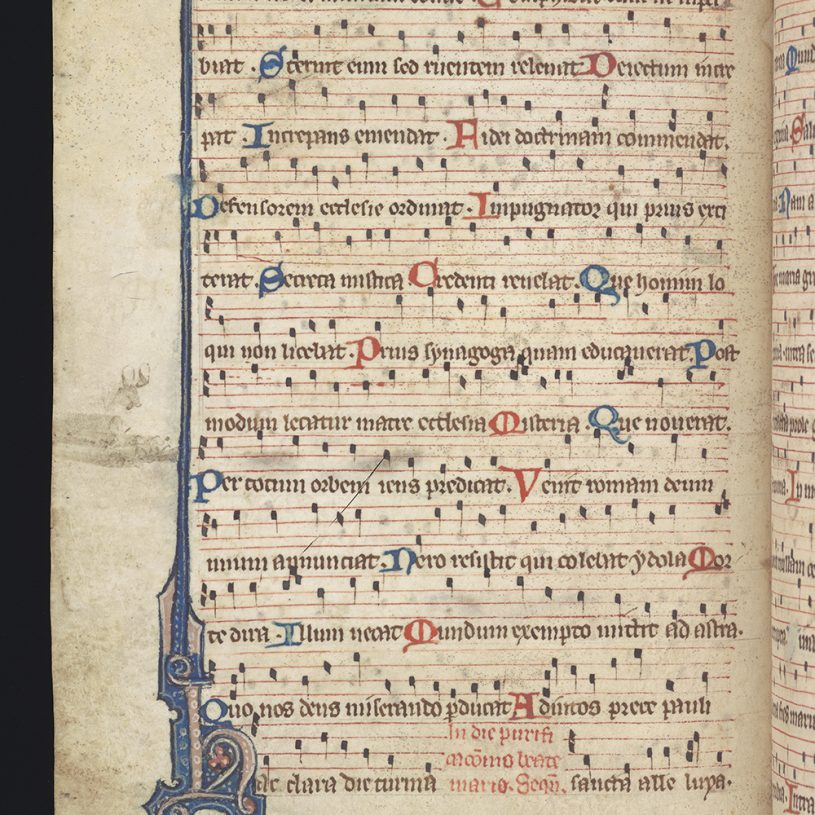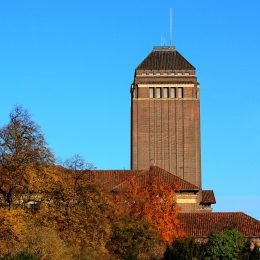Exploring the world of art, history, science and literature. Through Religion

Welcome to TreasureQuest!
Look through the treasures and answer the questions. You’ll collect jewels and for each level reached, earn certificates.
How far will you go?
You need an adult’s permission to join. Or play the game without joining, but you’ll not be able to save your progress.






Are there links to current religious practices or a modern equivalent?
Many sung church services nowadays use a mixture of plainchant, polyphonic music (music for several voices or parts), and more recent hymns and music, using different languages. The aim however remains the same; music is an act of divine worship.

Where is it from, where is it now?

Videos
Performances of pieces from the Dublin Troper
Gaude Virgo salutata
Books
Gregorian Chant
David Hiley
2009, CUP
A history of music at Christ Church Cathedral, Dublin
Barra Boydell
2004, Boydell Press













 Faculty of Divinity
Faculty of Divinity